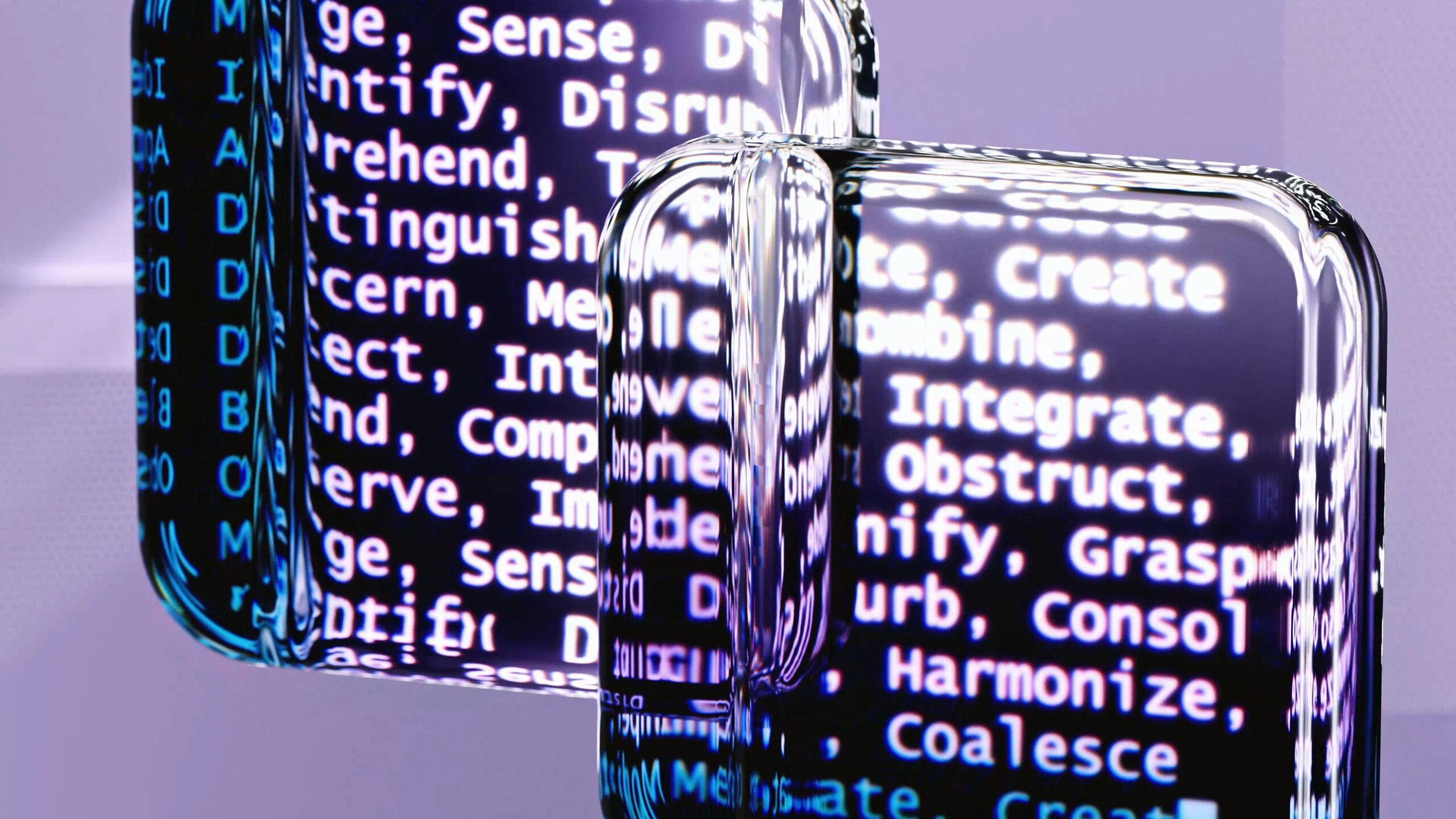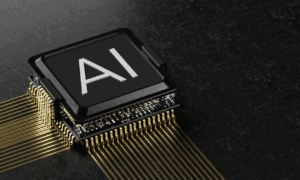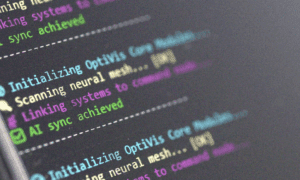In the past decade, artificial intelligence (AI) has transitioned from a futuristic concept to a powerful force driving innovation across industries. Among its many branches, generative AI has emerged as one of the most transformative technologies of the 21st century. From crafting human-like text and images to composing music and generating code, generative AI is redefining creativity, productivity, and problem-solving on a global scale.
What Is Generative AI?
Generative AI refers to systems capable of producing new content—text, images, audio, video, or even code—based on patterns learned from vast datasets. Unlike traditional AI models that focus on classification or prediction, generative AI “creates.” It uses deep learning techniques, particularly large language models (LLMs) and diffusion models, to simulate human creativity.
Popular examples include ChatGPT by OpenAI, Google Gemini, and Anthropic Claude, which can write essays, assist with coding, or hold natural conversations. Image-generation tools like DALL·E, Midjourney, and Stable Diffusion can produce stunning visuals from text prompts, while audio-focused systems such as Suno and Udio can compose music and generate realistic voices.
The Technology Behind the Magic
At the core of generative AI lies machine learning—specifically, deep neural networks trained on massive datasets. Large language models like GPT-5 or Gemini Ultra process billions of parameters, learning grammar, logic, and context through self-supervised training. Diffusion models, on the other hand, generate images by gradually transforming random noise into coherent pictures, guided by textual input.
Another important breakthrough is reinforcement learning from human feedback (RLHF), a technique that fine-tunes AI behavior based on user preferences and human ratings. This process helps make AI outputs more relevant, factual, and aligned with human expectations.
Real-World Applications
The potential of generative AI extends far beyond novelty or entertainment—it is rapidly becoming a fundamental tool in numerous fields:
Content Creation: Writers, marketers, and designers are using AI to brainstorm ideas, generate blog posts, or create ad campaigns. This accelerates production and lowers costs while maintaining creative quality.
Software Development: Developers now rely on tools like GitHub Copilot and ChatGPT for code suggestions, documentation, and debugging. AI is effectively becoming a “pair programmer” that enhances efficiency and reduces repetitive work.
Healthcare: Generative models are helping design new drugs, simulate molecular behavior, and personalize patient treatments. By generating synthetic medical data, AI can also protect privacy while enabling research.
Education: AI tutors provide personalized learning experiences, adapt to student performance, and explain complex topics interactively.
Design and Architecture: Tools like Runway ML and Adobe Firefly assist creators in producing concept art, 3D models, and interior design mockups in seconds.
The Ethical and Social Challenges
Despite its advantages, generative AI poses several challenges that cannot be ignored. One major concern is misinformation—AI can create deepfakes, fake news, and synthetic voices that mimic real people. This raises ethical and legal questions about authenticity and accountability.
Another challenge is intellectual property. Many artists and writers worry that AI systems trained on publicly available data are reproducing or remixing their work without consent. Policymakers worldwide are now debating regulations to define ownership and fair use in the AI era.
Job displacement is another concern. While AI enhances productivity, it also automates tasks traditionally performed by humans, potentially reducing demand for certain creative and administrative roles. However, many experts believe new opportunities will emerge in AI oversight, prompt engineering, and data ethics.
The Future of Generative AI
Looking ahead, generative AI will continue to evolve at an extraordinary pace. Future models are expected to become multimodal, seamlessly processing and generating text, speech, video, and 3D environments. This will enable more natural human–computer interaction and accelerate the rise of immersive experiences such as virtual reality and digital twins.
The long-term impact of generative AI will depend on how society manages its risks and integrates it responsibly. Collaboration between technologists, governments, and educators is essential to ensure transparency, fairness, and inclusivity in AI development.
Conclusion
Generative AI represents a pivotal moment in technological history. It blurs the boundary between human and machine creativity, offering endless possibilities for innovation while challenging our definitions of authorship, originality, and trust. Like all powerful tools, its true value lies in how we choose to use it. If guided ethically and thoughtfully, generative AI could become not just a productivity engine—but a partner in shaping a smarter, more creative, and equitable future.



































